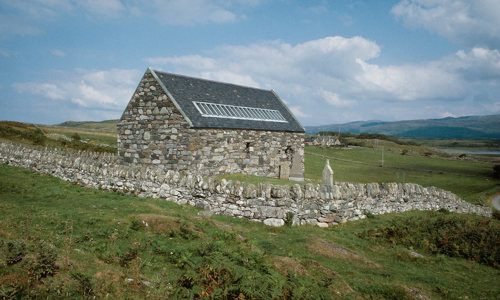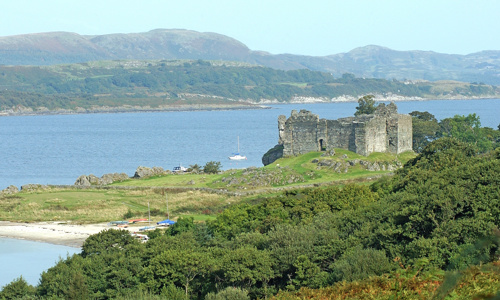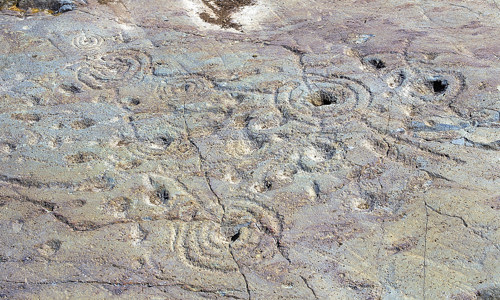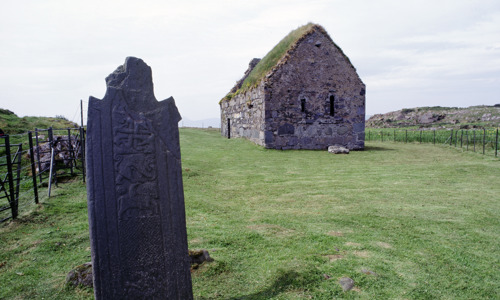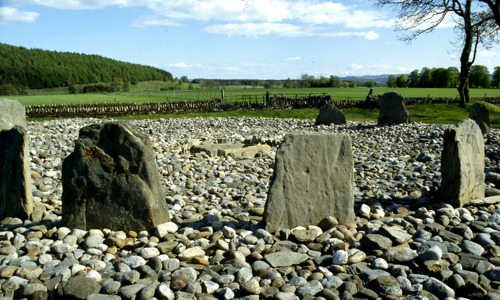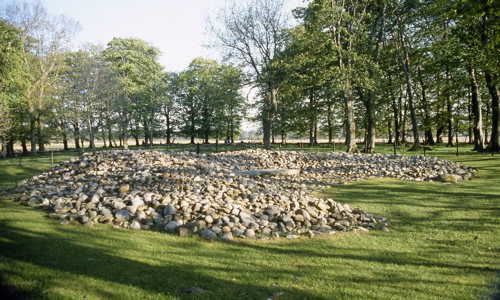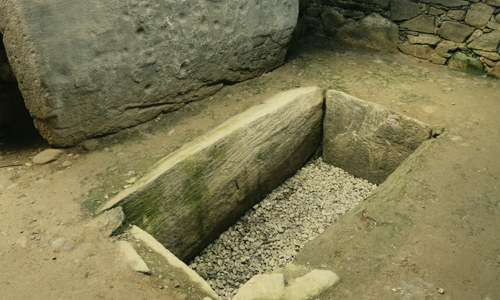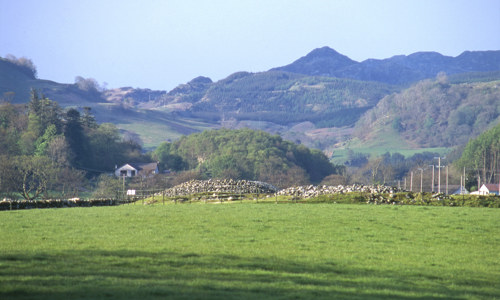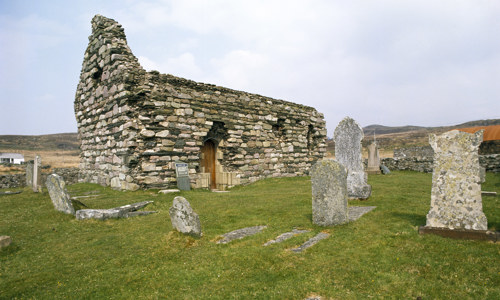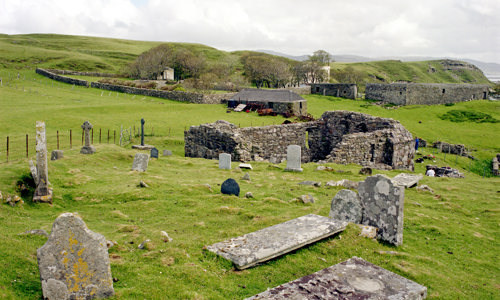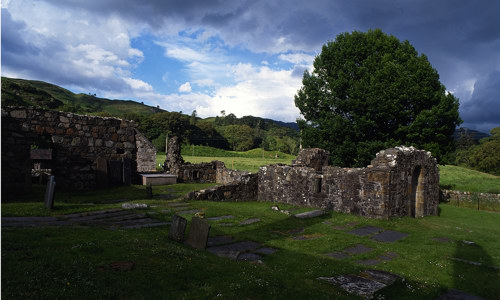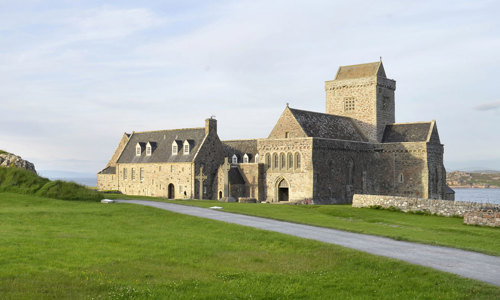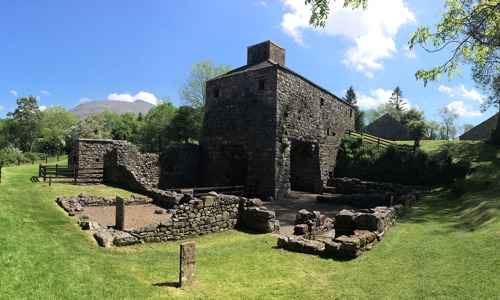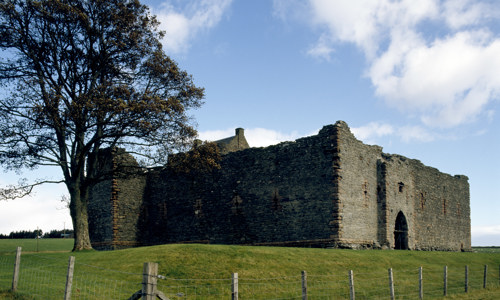History
Island of the saints
The monastery on Eileach an Naoimh was probably founded in about 542 by St Brendan of Clontarf, also known as Brendan the Navigator.
The most obvious remnants of the early monastic occupation are:
-
the unusual beehive cell
-
the grave enclosure traditionally associated with Eithne, mother of St Columba
-
a series of larger enclosures or burial grounds
The double beehive cell, standing at more than 3m tall, is the most visually striking remnant of the early monastery. It was probably used to shelter anchorites – who had withdrawn from the world to live in isolation at the site. It’s laid out in a figure-of-eight plan, built of local sandstone split into thin slabs.
Monastic life on Eileach an Naoimh would have been similar to that on Iona in the AD 500s, with a cluster of communal buildings enclosed by a ditch or stockade, with an adjoining burial ground.
The original monastery was probably abandoned in the AD 800s due to Viking raids along the west coast, leaving the island uninhabited.
The island remained a place of pilgrimage and burial after its abandonment. It was still owned by the Augustinian priors of Oronsay until the Protestant Reformation in 1560.
The Dukes move in
The island was inhabited again in the 1600s by tenants of the Duke of Argyll. Documentary evidence notes that farming took place on the island through to the 1800s, though people do not seem to have lived there in the 1700s and 1800s. Buildings from this period include a kiln, a barn and probably a ruin often incorrectly ascribed as the ‘monastery’.
Other remains on the island are more difficult to interpret. They include a curious underground cell and a small chapel.


